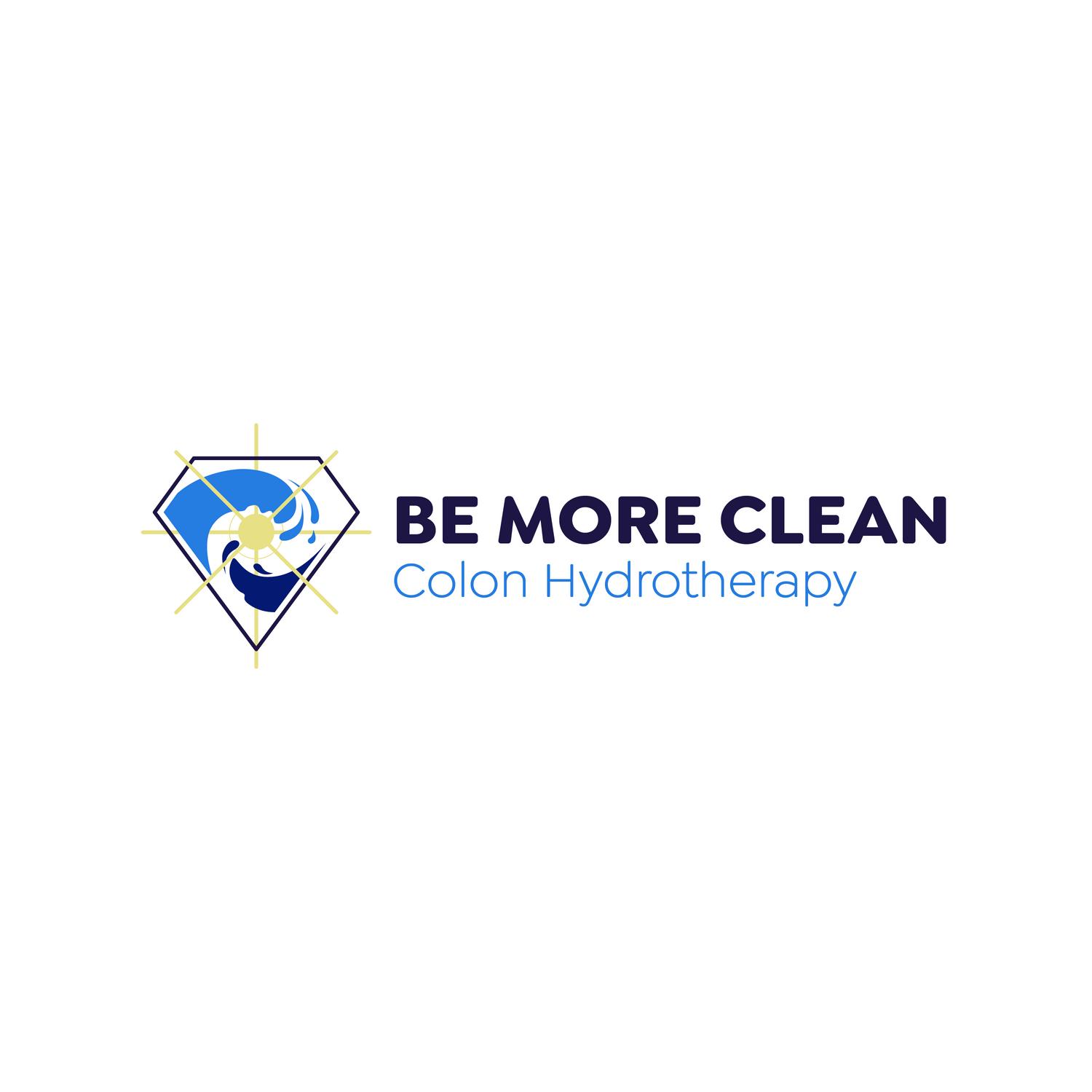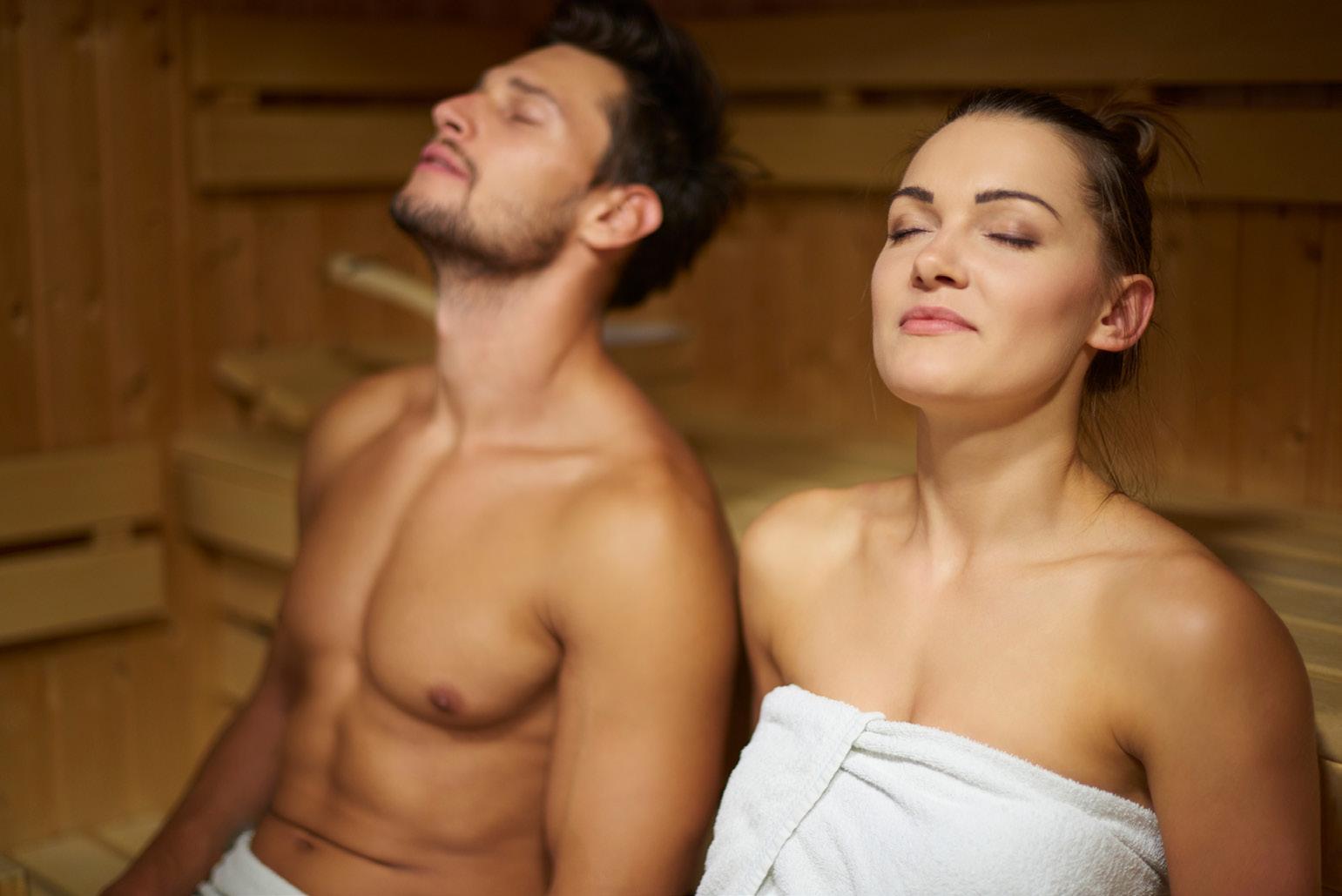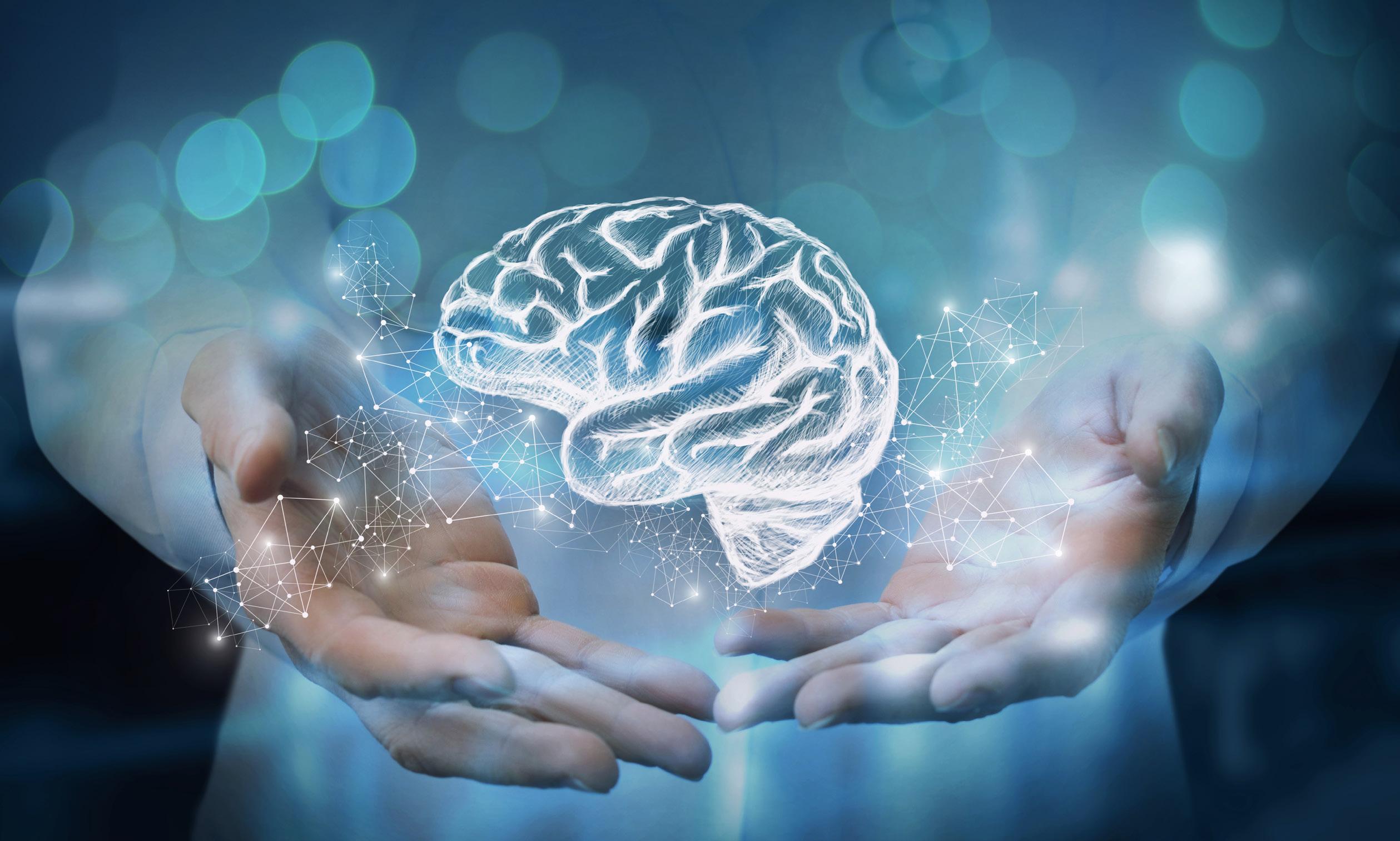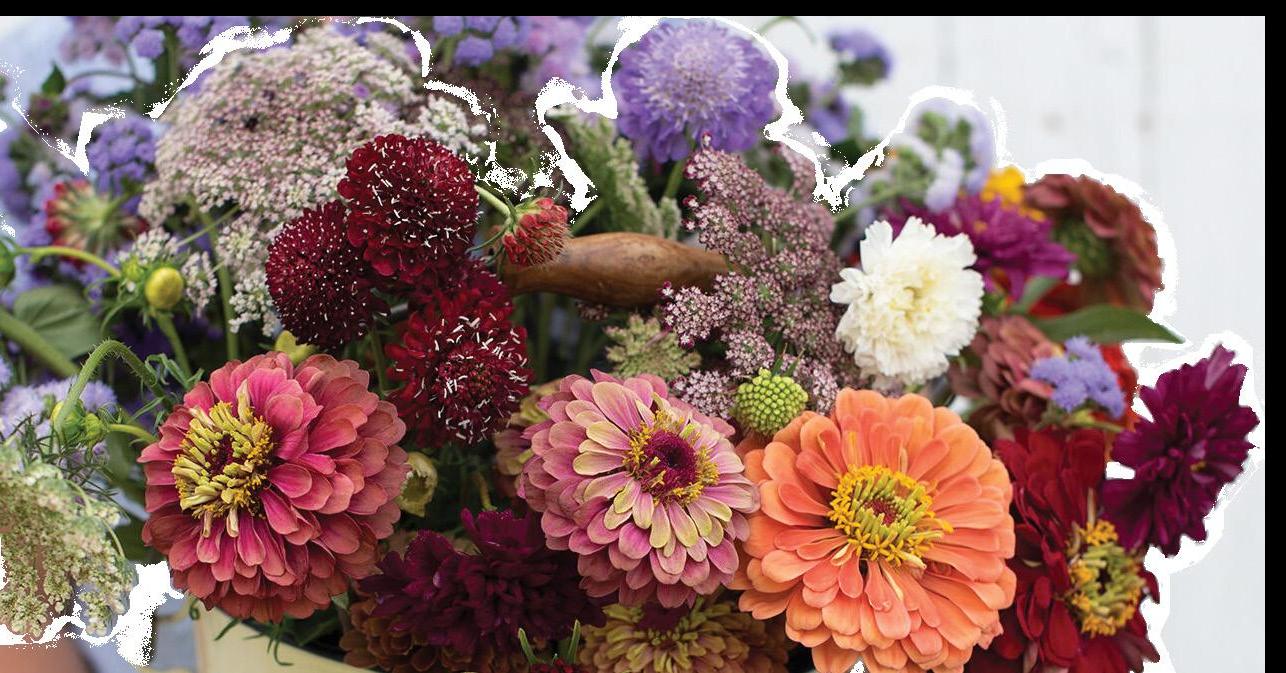
16 minute read
Tinctures, Tonics, and Teas
BY RIC COGGINS
GGrowing up in the ’60s, herbs to most people were culinary seasonings like “Parsley, Sage, Rosemary and Thyme.” My mom, of course, used all of those seasonings and more in her kitchen, but the word “herbs” in our house only referred to the medicinal plants that my father grew or used for wellness purposes. Many of the then-obscure herbal names commonplace in my mid-century childhood home have become mainstream.
Who hasn’t made chamomile tea at bedtime or reached for the echinacea and goldenseal bottle at the first sign of a sniffle? Gingko commercials have become a fixture on the 24/7 news channels, aimed at a demographic wishing to remember why they walked into the room or where their car keys might be lounging. And, I am pretty sure you have heard of ginseng for general well-being and energy. SAW PALMETTO HAS BECOME ANOTHER TV STAR FOR ITS BENEFICIAL EFFECT ON PROSTATE HEALTH These herbal names were the standard vernacular of my childhood vocabulary, which of course made me the “weird kid” in junior high. I somehow feel absolved by today’s mainstream recognition of these mass-advertised medicinal herbal supplements. Most commercially available medicinal herbs are taken in the form of a capsule that contains a dried pulverized version of the whole leaf, root bark, or whatever plant portion that contains an active ingredient. And, there is a lot to be said for dried whole herbs, as they contain not only the active ingredient, but a myriad of other elements that are known in herbalism to have synergistic effects. For instance, I recall my father telling me that the herb valerian, often referred to as “nature’s Valium” because of its anti-anxiety effects, not only had the calming action of Valium, but because of its other synergistic elements, also had the ability to heal the nervous system’s myelin sheathing. Think of the nerve as a wire and the myelin sheathing as the wire’s insulation—valerian helps grow back the wire’s insulation.
But what if you need to take more of an active element to resolve an acute situation? Or, what if you want to benefit from the synergies of other herbs along with it? Unless you want to consume pounds of herbs, this is where tinctures, tonics, and teas come into play.
THE DIFFERENCE BETWEEN A TINCTURE, TONIC, AND TEA So, what is the difference between a tincture, a tonic, and a tea? In some respects, that’s semantics. To those terms we could also add elixir, syrup, infusion, and decoction. The truth is, they are all really variants of the same thing—the result of using some kind of liquid to draw into solution the beneficial active ingredients of an herb. This process serves to make them bio-available in a more concentrated form than the raw bulk herb. Since not everyone seems to agree on the details in defining one from another, I will, for the purpose of this article, stay in the realm of generalities rather than specifics. The defining difference between these “concoctions” is the type of liquid material used to draw out the compound being sought. There are four main liquids used depending on the type of chemistry desired to be retrieved from the herb. These fluids are water, alcohol, glycerin, and oil. Each has the ability to dissolve and draw out different desired compounds.

THE FLUIDS ARE ESSENTIALLY SOLVENTS It is much like the difference between solvents for oil-based paints and water-based paints. If I got some oil-based paint splotches on my shirt and wanted to remove them, I would use a turpentine to dissolve them. If I placed the shirt in a 5-gallon pail of turpentine, over time, the paint would pretty much flow out of the shirt and into a cloudy suspension in the turpentine. Water would be of little use here. If paint were latex, only water would soak the paint out. In the same way, alcohol dissolves alkaloid compounds, volatile oils, resins, and some tannins. Gums or mucilages are strictly water-soluble. Herbs that have more than one class of compound will offer them up differently depending on the solvent applied. So, to generally define these terms, I find that most agree that all of these can be referred to as “extracts.” Tinctures are commonly referred to as extracts where alcohol is the medium, and teas are the result where water is the extracting medium. Elixirs are alcohol-based where honey is added for its constituents, with syrup serving as the water-based honey counterpart. Again, not all herbalists agree on these definitions, so if you see something different, don’t be surprised. In the next issue we will continue this conversation, looking at how to source herbal medicinal tinctures and syrups—and if you are so inclined, how to make some of them yourself at home.

Swap Your Way to a Sustainable Wardrobe
Use code XOXO for a free item!
SWAP BEFORE YOU SHOP WWW.SWAPSOCIETY.CO
Let Us Help Jump-Start Your Natural Healing Abilities
Chronic Illness?
Have not felt well since? For both acute and chronic conditions try: • IV Ozone • IV Immune boosting • IV Vitamin C nutrients • Oral supplements • Tissue oxygenation
Call us for a 15-Minute FREE Consultation 480-240-2600
M. Grout MD, MD(H)
10210 N 92nd St, Suite 104 • Scottsdale, AZ 85258
www.arizonaadvancedmedicine.com
COVID-19 Testing Available
Ask about options for immune system boosting Mention Green Living magazine and receive 10% off your first visit
How to Avoid a Vitamin D Deficiency Twindemic

BY KAREN LANGSTON
DDo you know your vitamin D values? It sounds crazy to be thinking about this, especially in Arizona where the sun shines for more than 300 days of the year. But, seriously, when is the last time you had your vitamin D levels checked?
The “twindemic,” flu and COVID-19 season is upon us. Vitamin D is a powerful antimicrobial, helping your immune system kill viruses and bacteria. Did you know studies have shown there may be a correlation between a deficiency of vitamin D and an increased risk of contracting COVID-19? Did you know it is well documented that the darker the skin, the greater the probability of a vitamin D deficiency? Even in southern climates, 55% of African Americans and 22% of Caucasians are deficient, with 40%-75% of the world’s population being vitamin D deficient. If your blood values are too low, you will struggle to get them up even if with supplementing. If they are too high, you may end up with a toxic overload. If you do not know, how can you properly supplement? I hear you saying, “Karen, I get all the vitamin D I need from sunshine.” While it is true we can get our daily dose of vitamin D from the sun, we do have to take a couple of things into consideration. If your reserve tanks are not full, then you will not be able to reap the benefits from the sun. If you take cholesterol-lowering medication, are on a no/lowfat diet, or wear sunscreen every day, you will not be able to use the sun’s ability to create vitamin D. This also holds true for night shift workers and those who stay mostly indoors. In these past few months, I think we’ve all spent more time indoors than out. Infections, inflammation, autoimmune conditions, and stress all increase our need for vitamin D.
According to a 2006 CDC report, one fourth of the population was deficient in vitamin D; 8% were "at risk" for deficiency illnesses, and 1% had levels considered imminently harmful. Look at the amount of depression with our worldwide situation. Could a deficiency of vitamin D be exacerbating the problem? Canadian researchers reviewed 14 studies and found a strong correlation between depression and a lack of vitamin D. The lower the vitamin D level, the greater the chance of depression. Studies in the New England Journal of Medicine also found the same thing.
Please get tested if you are over the age of 50, have low cholesterol, an autoimmune condition, do not eat coldwater fish, have celiac disease, have digestive issues, are missing your gallbladder, had gastric bypass surgery, have kidney problems, eat a highly processed diet, eat a vegetarian/vegan diet, or are under stress (which is just about all of us, right?). Ask your doctor for a vitamin 25-hydroxyvitamin. This tests for both vitamin D2 and D3. Most conventional doctors are still testing for only vitamin D2, which does not tell us your reserves. The nice thing about living in Arizona is that you can order your own test. LabCorp, Life Extension, and ARCpoint labs are some options. You can also find a home test kit from Grassroots Health. Of course, discuss with your doctor what is a good number for you. However, the Vitamin D Council recommends ideal levels between 40 and 80 ng/mL. Higher levels may be reserved for those with autoimmune conditions, as well as those with the Gene GC, vitamin D binding protein SNP. Once you know your lab values, check out the Grassroots Health Vitamin D calculator. Punch in your lab value, current weight, supplement intake, and your desired serum level outcome, and it will calculate how much you need to take to reach your desired outcome. You can’t overdose on food. Foods highest in vitamin D3 include herring; salmon; sardines; mackerel; pasture-raised egg yolks; humane, pasture-raised beef liver; and humane, pasture-raised, 100% grass-fed cow’s milk cheese. If you are going to supplement, please look for a highquality vitamin D3 (as cholecalciferol); it should say this on the label. The perfect vitamin D3 supplement should also include vitamin A (as retinyl palmitate), vitamin K2 (as menaquinone-7) and vitamin E tocotrienols. Fat-soluble vitamins work together for better absorption. Oh, and be sure to take it with your meal for even better absorption and utilization, especially if you are missing your gallbladder. Of course, please get out in the sun. Gerry Schwalfenberg MD, CCFP, FCFP, assistant clinical professor, Department of Family Medicine University of Alberta, suggests that one minimal dose of sun exposure during the summer months without burning and without sunscreen, arms and legs exposed to midday sun for 20 minutes, can produce about 5-10,000 IU of vitamin D. Those with darker skin will require more time. According to Grassroots Health, many of the diseases we are stricken with today could be reduced by 20%-50% or more, if we increase our vitamin D intake through food and skin exposure and supplements. Let’s be proactive instead of reactive. Stay safe and healthy.
2 FOR 1 COUPLES SAUNAS + COLONICS WHOLE MONTH OF FEBRUARY
2 FOR 1 SAUNA DISCOUNT CODE: LOVEHEAT
2 SAUNAS + 2 COLONICS = $195 LOVEHEALTH

*Restrictions apply. May not combine with other discounts. Appointment must be booked in Month of February. Client allowed to receive service at later date. Sessions good for 1 year after purchase. Absolutely, no refunds.
BeMoreClean.com 480.270.4566

Add Some Green to Your Dental Routine

BY TIFFANY DI GIACINTO, DELTA DENTAL OF ARIZONA
TThe average person goes through three to four toothbrushes every year. This means that over the course of your lifetime, you will likely dispose of more than 300 total brushes. Or will you?
For those seeking a more environmentally conscious route for toothbrushes that have become long in the tooth, consider these hacks: • Use it to fight fly-aways. By spraying the bristles with hairspray, you can use a toothbrush to gently push back unruly hairs along the hairline without messing up your 'do. • Brow them up versus blowing them out. Using the same method above, an old toothbrush can easily become an effective eyebrow brush. • Transform it into a lip loofa. The next time you apply lip balm, use a dry toothbrush as an exfoliator to gently scrub off dead skin before washing away or wiping with a towel. Voila, a more perfect pout! • Use multiple brushes to let out your inner Picasso. Grab some paint and give them new life as art instruments. • Make the brush do your dirty work. Using a toothbrush as a cleaning tool can help tidy up most nooks or crannies with ease. They are especially adept at cleaning appliances, windowsills, keyboards, grout, shoe soles, and even hairdryers. Beyond re-imagining your old toothbrushes, you might also consider using a more sustainable option from the outset. Recently, researchers at Trinity College Dublin studied the carbon footprint of the four most common types of toothbrushes–electric brushes, standard plastic brushes, plastic brushes with replaceable heads, and bamboo brushes–and the results might surprise you. The electric toothbrush? Not the winner. The study found that due to the process of making an electric toothbrush, it is far less environmentally friendly than a plastic brush. It also found that the bamboo brush, which seems the most sustainable by the nature of its appearance, wasn’t the best option either. In the end, a traditional toothbrush made using recycled plastic came out victorious.
Once you have the right brush, you should also pay attention to what you are doing while brushing. Among the easiest ways to help the environment while fighting plaque: • Turn off the water while brushing, turning it back on only to rinse your mouth and the brush. Turning off the water while brushing your teeth can save four to eight gallons of water per person, per day. That’s more than 1,460 gallons of water per year! • Slow down. Brushing hard and fast isn’t just rough on your gums; it breaks down your toothbrush far sooner, requiring more often replacements. Plus, ouch! And finally… floss! By flossing regularly, you will help prevent major dental work, which not only saves you money, but reduces your carbon footprint as well. For more advice on oral health, in general and additional sustainable practices, visit www.deltadentalazblog.com.
5 Habits of a Highly Healthy Brain

BY LUANN LAVIN
DDuring COVID-19, our beautiful brains are certainly at risk for some nonoptimal circumstances. Unfortunately, Alzheimer’s disease, depression, and anxiety are on the rise—but there are key focus points that you can use to maintain and improve your brain. Show me your habits and I will show you your future.
Dr. Dale Bredesen authored the book, The End of Alzheimer’s, in 2017. As a family nurse practitioner, I use his guidelines to address cognitive health at every opportunity. Dr. Bredesen has been reversing Alzheimer’s disease in patients with significant disease for over a decade, with a very intense and inefficient process which can require years before seeing any success. Learning from his successes, we can create our own personal toolkit to carve out our healthy habits and optimize our brain. You can also complete a Montreal Cognitive Assessment test for an objective assessment. I use the acronym BLESS to describe a healthy habit toolkit. B is for balance your micronutrients, hormones, and toxins. Micronutrients are the cofactors to our energy and detoxification pathways. When we are unbalanced in this area, we develop chronic disease. Test your micronutrients through your blood and replace them through diet or supplementation only if they are needed. Taking nutrients that your body does not need can have serious consequences. Important hormones that frequently become unbalanced include thyroid, cortisol (stress), and sex hormones. Dr. Bredesen reports that women need estrogen and progesterone to think clearly, and men need testosterone. When these levels are carefully replenished and kept in balance with your other hormones, the brain is awakened. Toxins are abundant in our world today. We eliminate them through our liver, kidneys, skin (sweat), and lungs (exhalation). If these systems are weakened, we can develop disease. Food, air, water, man-made products, and radiation, for example, are contributing to our increasing toxic load. Keeping toxins low can be a daily chore. You can use a good B-complex vitamin, as well as an NRF2 supplement to keep your pathways open. NRF2 increases your primary antioxidant production to eliminate these invaders. If you feel you are exposed to increasing toxins or have weakening of your elimination systems, utilize these supplements to keep them strong. L is for a low-inflammatory diet. Do you know what foods may be inflammatory to you? This is typically different for every individual; however, in our culture, there are three subsets of foods that are known to be the most
inflammatory to most humans. These are gluten, dairy, and sugar. Testing for food allergies and sensitivities, and exploring elimination or decreasing these foods, are areas that each of us can explore. E is for exercise. Does this come as a surprise? In the 30 years that I have been studying medicine, exercise has been a strategy for the masses. But can you get too much exercise? The answer is yes. Exercise is important for healthy metabolism, good oxygenation, and the continued development of our musculature. What I like to point out is if we are not able to continue to fuel our exercise, we can see some disappointing patterns. Chronic tissue breakdown can occur from depletion of our mitochondria or the batteries of our brain cells. Mitochondrial support is a strategy for keeping a healthy brain, and we now know how to heal our mitochondria when they are damaged as well as regrow them. CoQ10, resveratrol, alpha lipoic acid, l-carnitine, and quercetin, together in small doses, will heal mitochondria— to mention just a few. S is for sleep. There is always the potential to not get a solid eight hours of sleep, but generally speaking, this is what we need. Our brain cells and all the cells in our body are able to reset themselves when we allow our brain to stand still. Did you know that only 5% of your thoughts are processed in your conscious mind? The other 95% of your thoughts are processed in your subconscious mind. If you have
Mention Green Living when scheduling your home energy audit and we’ll waive the $99. Call today! 877-699-1481

Over 10,000 Happy Energy Saving Residents forenergy.com

difficulty going to sleep or staying asleep, this can be your subconscious mind still at work. Many utilize sleep medications to assist with quality rest; however, these medications are known to have negative side effects for memory and brain health. Circadian rhythm dictates sleep when it is dark and wakefulness with the daylight. Consider trying to work with your natural cycle and allow yourself to be tired if you have a sleepless night. The next night you may crash early, but re-establish your sleep-wake cycle. One other good habit is to ensure your room is dark, for your natural melatonin hormone to work effectively. S is for stress. Most of us realize that stress can be detrimental for our brain, but the big unknown is how each of us can manage our stress optimally and process it to our advantage. Taking time to process stress is truly a genius step, and perhaps one of the most important healthy brain habits to learn. Mindfulness, meditation, and taking “you” time on a routine basis are practices well worth repeating. Using the Insight Timer meditation app or the Chopra Foundation 21day meditation program are excellent places to start. Daily use of a meditation practice should be simple and grounding. While we are working through COVID-19 sheltering and charting new paths, consider using a healthy habit toolkit, reading Dr. Bredesen’s book, or visiting me for a Montreal Cognitive Assessment Test and growing your beautiful brain.
Mention Green Living magazine to get 6 months of FREE solar
www.terranovasolarllc.com 480-744-8252
FREE in home or virtual quotes

Veteran owned and operated. 50 years of combined experience in the solar industry.








